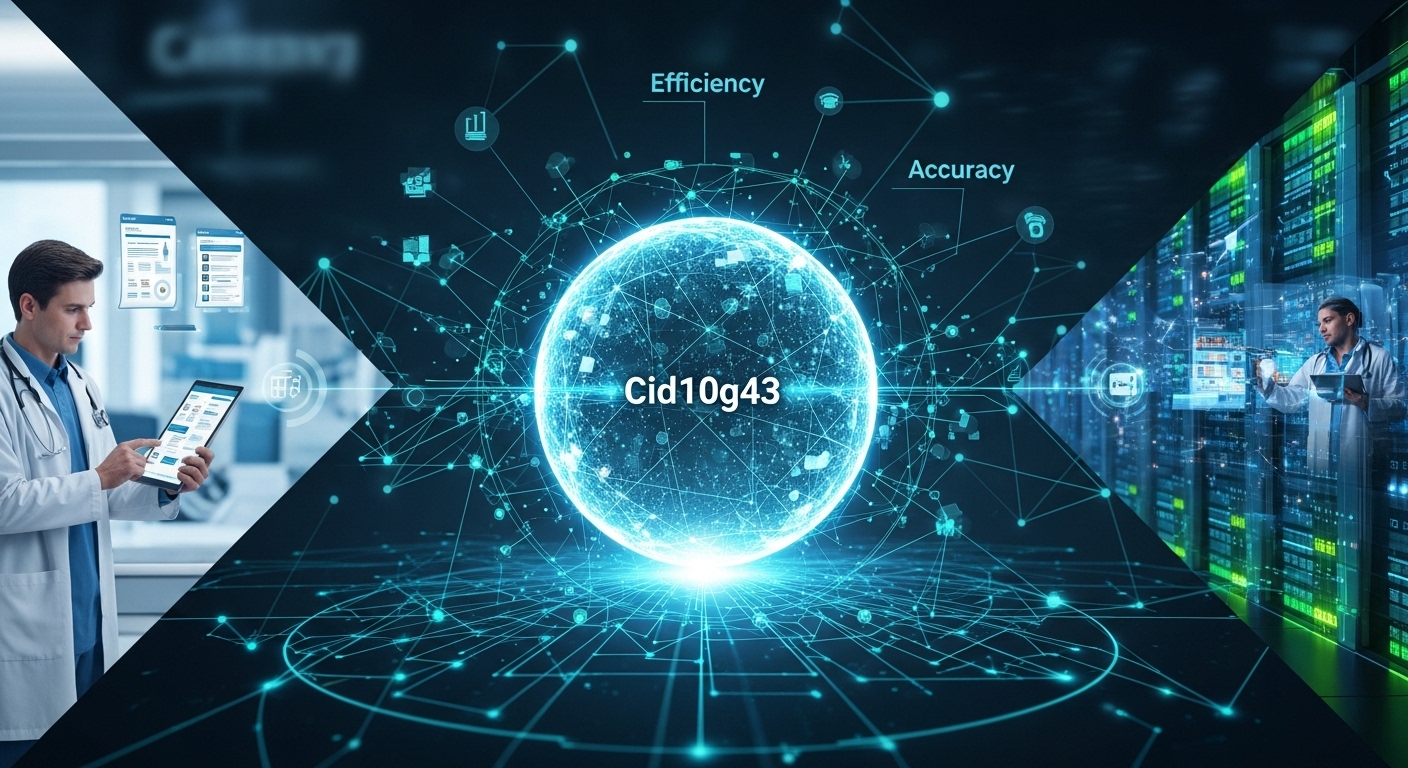The term Cid10g43 has recently gained attention in various technical and health-related fields, often associated with complex data classification and coding systems. Although the keyword might appear highly specific, its usage plays an essential role in data organization, digital identification, and structured categorization. In this article, we’ll explore what Cid10g43 represents, how it functions, and why it holds growing importance in modern digital systems and analytical applications.
What Is Cid10g43?
Cid10g43 refers to a specific code or identifier used within classification frameworks that aim to standardize data across multiple sectors. These codes simplify communication and make it easier to categorize information accurately. Whether used in databases, healthcare systems, or software documentation, Cid10g43 serves as a structured label that ensures uniformity in how information is recorded and interpreted. The precision offered by Cid10g43 eliminates confusion and reduces errors when managing large sets of data across different platforms.
The Purpose Behind Cid10g43
In complex data environments, codes like Cid10g43 provide the foundation for systematic organization. They enable developers, researchers, and professionals to identify patterns, track progress, and establish reliable connections between datasets. For example, when an institution adopts Cid10g43 for internal documentation, it ensures that every department follows the same data structure, reducing redundancy and miscommunication. The code’s standardization allows for seamless integration between digital tools and improves the consistency of stored information.
Technical Role of Cid10g43 in Data Systems
The technical aspect of Cid10g43 lies in how it is implemented in data systems. It works as an indexed marker that links datasets to their respective categories, making retrieval and analysis far more efficient. Within a database, Cid10g43 might act as a reference key, supporting the mapping of related data entries. This reduces the manual workload for analysts and enhances accuracy in processing. Moreover, Cid10g43 contributes to automation by guiding software to interpret the data correctly, ensuring smoother data validation and management workflows.
Cid10g43 in Healthcare and Research
In the healthcare sector, Cid10g43 may be applied as part of diagnostic or procedural coding systems. Accurate coding is vital for record-keeping, billing, and research purposes, helping institutions maintain standardized patient information. Researchers also benefit from Cid10g43, as it simplifies the process of comparing data across studies or regions. When healthcare data follows a unified structure under identifiers like Cid10g43, it leads to improved analysis, better patient outcomes, and more effective policy development.
How Cid10g43 Enhances Efficiency
The efficiency of data systems largely depends on how effectively they can classify and retrieve information. Cid10g43 contributes to that efficiency by acting as a central reference point within digital infrastructures. For instance, in an analytical system handling thousands of entries, Cid10g43 allows for rapid search and filtering, minimizing human error. Additionally, organizations that use Cid10g43 can streamline their operational workflows by reducing data inconsistencies and improving decision-making accuracy.
Implementation Strategies for Cid10g43
Adopting Cid10g43 within an organization involves integrating it into existing frameworks. The process starts with defining its purpose, aligning it with operational goals, and ensuring that teams are trained to apply it correctly. Developers can embed Cid10g43 within database schemas or tagging systems to support structured data management. Regular audits and updates ensure that Cid10g43 continues to deliver relevant and accurate classification over time, adapting to evolving digital requirements.
The Future Potential of Cid10g43
As technology evolves, so does the relevance of identifiers like Cid10g43. In the future, it could play an even larger role in artificial intelligence systems, automation, and predictive analytics. With the increasing volume of data being generated every second, having a universal classification method like Cid10g43 helps maintain order and precision. By serving as a standardized marker, it supports the seamless flow of data across industries, enhancing transparency and interoperability.
Conclusion
In essence, Cid10g43 represents more than just a technical identifier—it is a key enabler of organization, accuracy, and efficiency across multiple domains. Its systematic approach to data classification ensures consistency, making it indispensable for industries that rely on structured information. Whether in healthcare, data science, or technology infrastructure, Cid10g43 provides the clarity and uniformity needed to manage complex datasets effectively. As systems continue to evolve, Cid10g43 will remain a crucial element in ensuring reliable data handling and streamlined processes.


